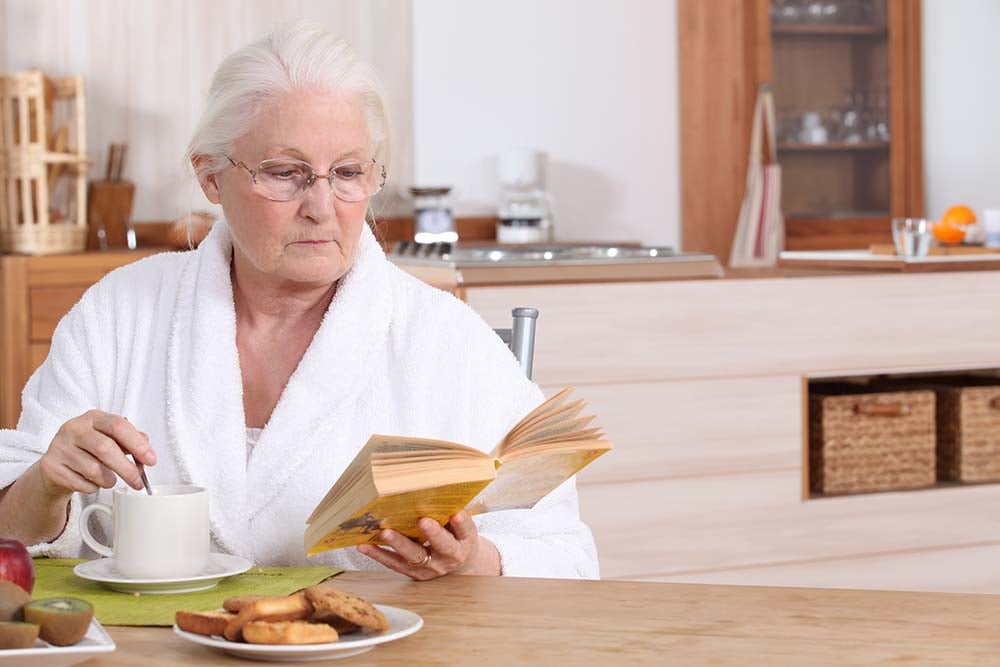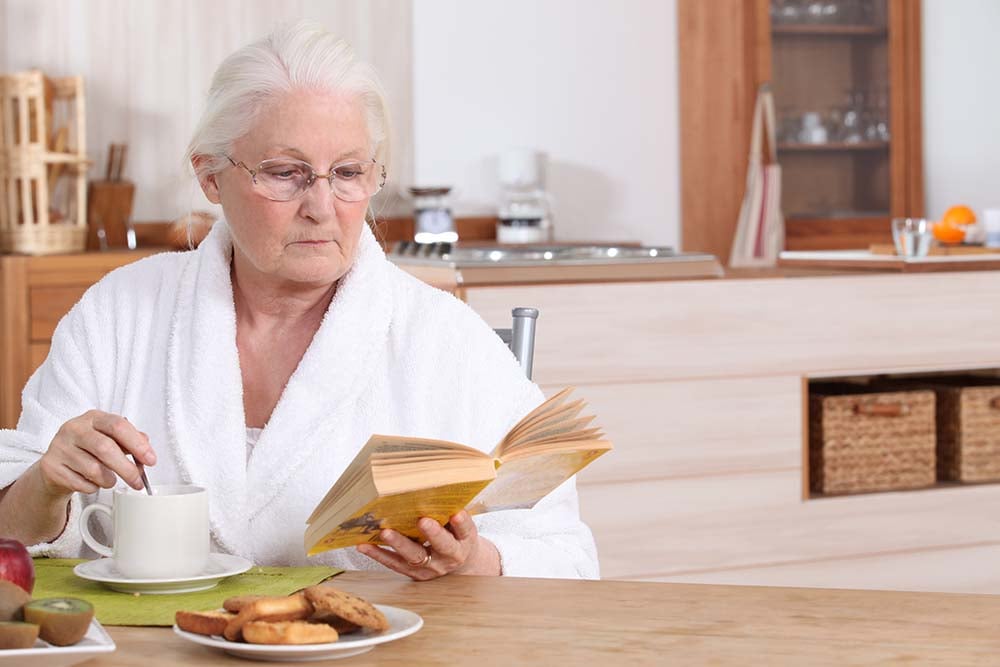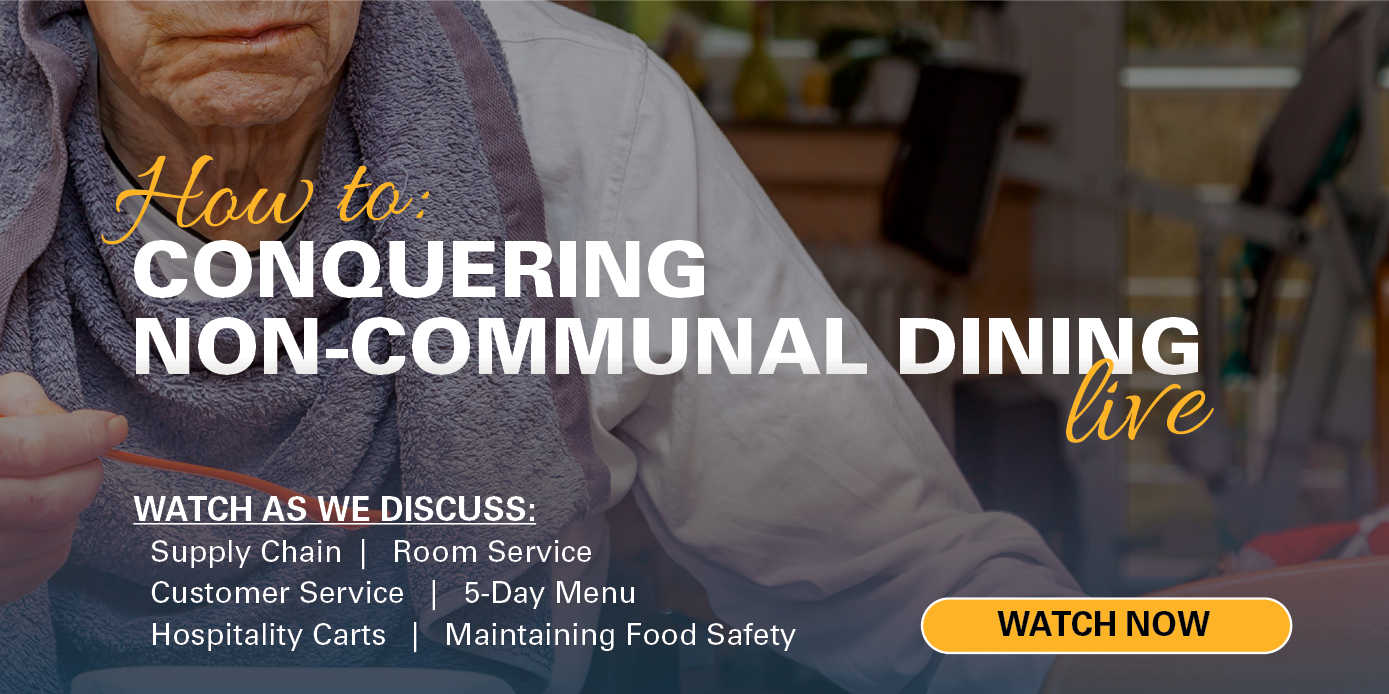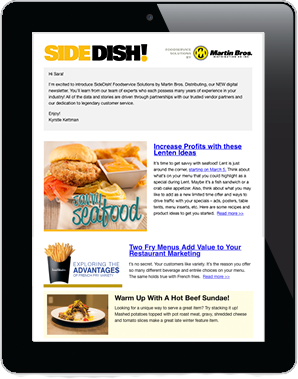
Due to concerns about the spread of the coronavirus disease (COVID-19), the Centers for Medicare & Medicaid Services (CMS) released new guidelines cancelling communal dining to facilitate social distancing among seniors. We understand these guidelines create challenges for senior living communities and those you serve.
We’ve identified some ideas and solutions for conquering non-communal dining in senior living communities.
SUPPLY CHAIN
- Look at current inventory on site. This includes food, dishes, glassware, utensils, disposables, etc.
- Make a daily prep list for each meal period.
- Change the menu as needed, informing residents of changes in a positive manner and talking up the menu choices of the day.
- Include more options with vegetables and proteins when there are limited fresh options.
- Incorporate staff-friendly options for heat and serve and batch cooking.
- Make sure the Kitchen Manager, Administrator and Director of Nursing are in constant communication with everyone, including employees from different departments who may not serve food on a regular basis, regarding food service times, dining location, menus, etc.
- Begin each shift with a staff huddle. Pump them up, talk about the day, make sure everyone is okay and ensure they understand what changes may be taking place. The manager sets the tone of each day.
- Be flexible with staff scheduling.
- Stay positive and remember we are in the home of the residents. How we talk to each other, the residents and their family members via phone, email and social media determines how the residents will feel each day.
- View each meal time as an opportunity to interact with the residents and comfort them, if needed. This can be done through attitude, simple comments and SMILES.
ROOM SERVICE
- Use the service ware you have, if possible. The fewer noticeable changes the staff and residents see, the better.
- Look at alternatives to disposable containers, as they could be costly and quantities could be limited at this time. Covering food with plastic wrap, foil or speed rack covers, for example, are cost-effective solutions.
- Choose menu items that hold temperature (hot or cold) and transport well. Consider warming carts for delivering hot meals.
- Be efficient. Make sure all menu items have sides, condiments, etc. for each meal period to prevent staff from running back and forth for forgotten items.
- Extend dining hours and use the dining room or activity room to distance residents as needed.
- Determine which staff member(s) will be taking in-room orders and when they will be taken.
- Deliver food with a smile and consider adding a small gift or activity (i.e. theme meals, coloring book, crossword puzzle, etc.) to one of the resident’s meals each day.







